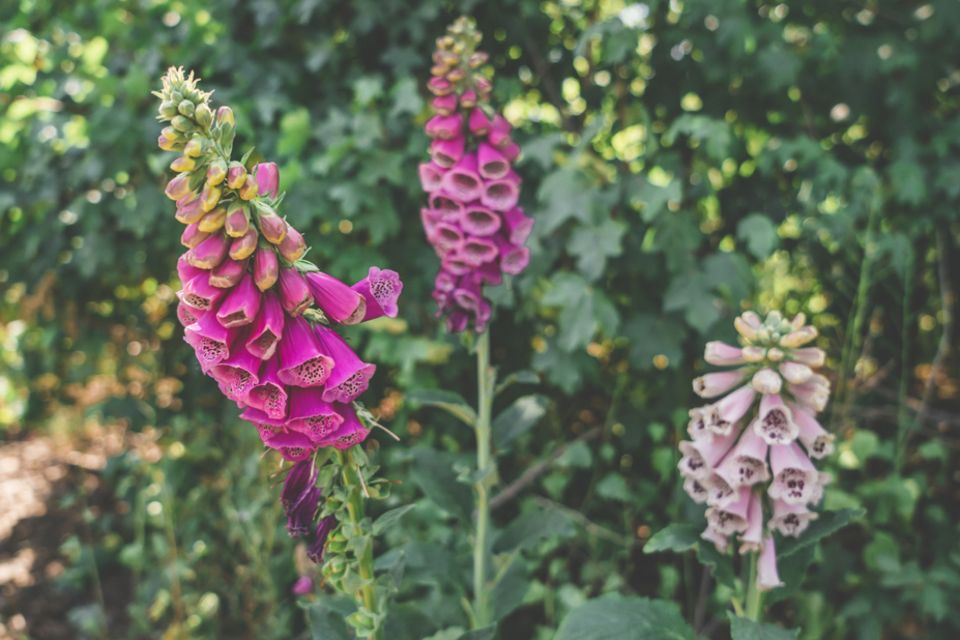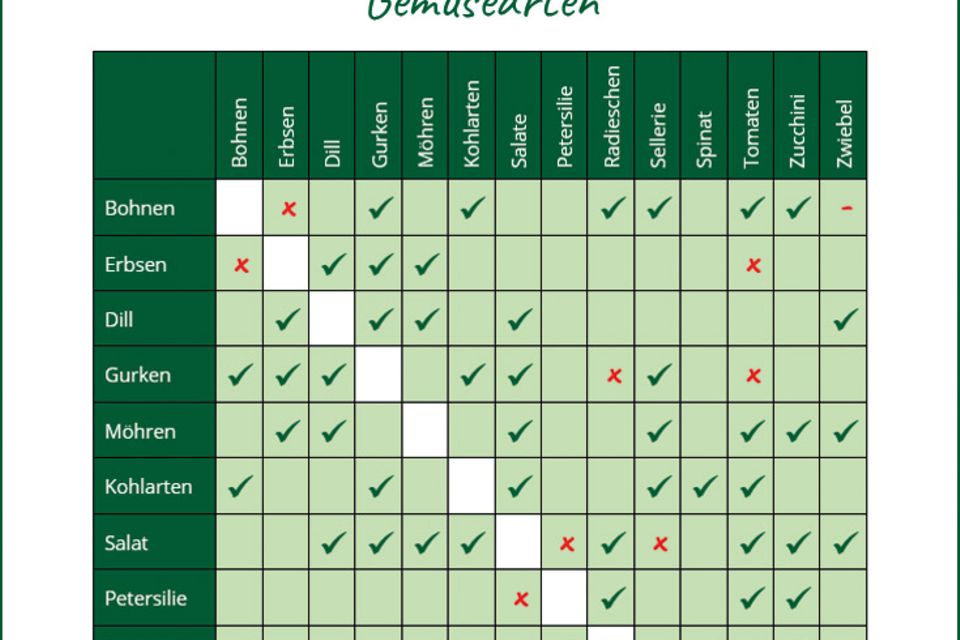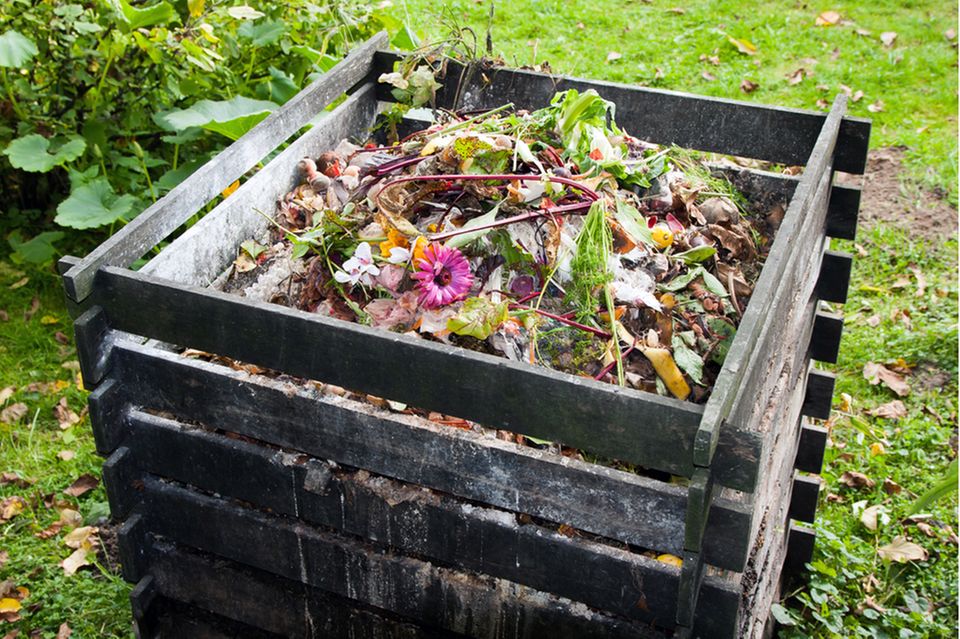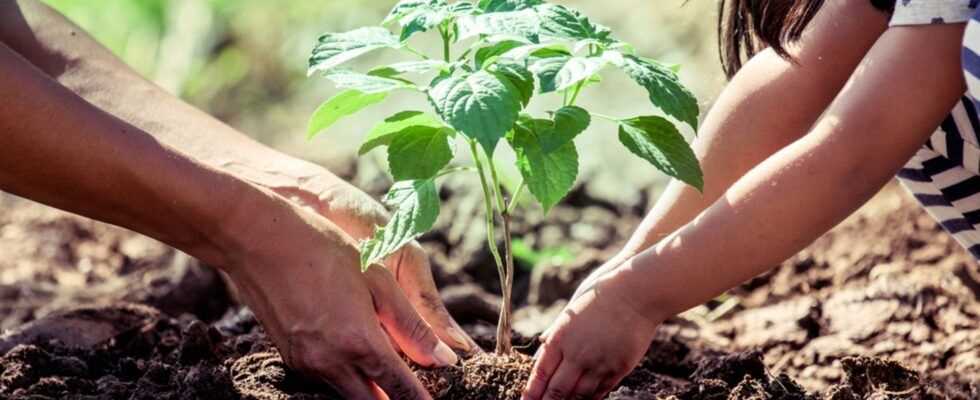A sustainable garden? It's not that difficult to implement! We show you 10 suggestions that everyone will succeed.
Everyone is talking about sustainability – and rightly so, it will continue to play an important role in the future. We too can live sustainably with small and large decisions. And which area of life is more suitable than our favorite place: the garden. It is a living space, a feast for the eyes and a place of relaxation at the same time and can be made more sustainable with a little change. 10 suggestions for you.
Sustainable garden – 10 tips for gardening
How does a sustainable garden succeed? We have a few ideas with which you can implement sustainability in your private piece of nature!
1. Use water consciously
Turning the tap on or having a sprinkler do the work is certainly practical and time-saving in many ways – but unfortunately not very sustainable. Because the water from the tap has been elaborately prepared, a sensible alternative for the garden is a rain barrel (or who is not afraid of the costs creates one cistern on). The rainwater can be used for irrigation of the bed and garden in very sunny and dry times.
2. Peat-free potting soil
Hobby gardeners often cannot avoid getting potting soil. But it is often enriched with peat, which is extracted from raised bogs – and unfortunately that is not good for our environment at all. This disrupts the ecosystem and releases large amounts of CO2. According to NABU, around a third of the approximately ten million cubic meters of peat in Germany are used by hobby gardeners. Experts estimate that stocks will be exhausted in 50 years and the biodiverse ecosystem will be destroyed if peat extraction continues in Germany as before. So if Potting soil, then preferably peat-free!
3. Domestic plants
Cultivated flowers often enchant us with their beautiful sight. However, such beauties are often also maintenance-intensive and susceptible to diseases. If you don't want to do without the beautiful blossoms of a rose, for example, you can choose from a small but fine selection of native game species, such as B. the Bibernellrose. The native wild roses are more robust when dry and less susceptible to disease than their bred colleagues.
Local trees are e.g. B .:
- Common yew
- woodapple
- Hornbeam
Domestic shrubs:
- hazelnut
- Cornelian cherry
- Red currant
- Common juniper
Native Perennials / Annuals:
- Stonecrop
- Red foxglove
- Corn poppy
The native plants have another effect … see 7 for more information.
4. Sustainable plant purchase
The plants themselves are just as important as the right potting soil. They are usually anything but sustainable in the greenhouse and quickly raised with chemical preservatives. The best way to avoid this is to rely on organically grown plants.
5. Go for mixed culture
If you create a vegetable garden, you should take the principle of mixed culture to heart. What's behind it? There are varieties that complement each other perfectly and every hobby gardener should use that for themselves. So some plants help each other, for example by keeping pests or diseases away from the plant's neighbors or promoting growth.

Here you can find out more about self-sufficiency.
6. Note crop rotation
In addition to the mixed culture, crop rotation is essential for a sustainable garden, because it uses the soil in the best possible way. Monocultures, i.e. the same plant varieties again and again, promote diseases and lead to reduced fertility. It makes more sense Plant plants one by one according to their nutritional needs. One speaks of strong, middle and weak consumers. The crop rotation starts with heavy feeders because they need the most nutrients, followed by middle and finally weak feeders.
7. Attract animals
A biodiversity in the garden does not only apply to the flora. Wherever pests show up, beneficials also belong to the green cosmos … These include, for example, wild bees, bumblebees, birds or earthworms. With a Wildflower meadow, other bee-friendly plants or nesting boxes you get them natural pest control in the garden.
8. Use natural fertilizer
Fertilizers improve the soil's nutrient content, which in turn benefits the plants. Chemical fertilizers are not very sustainable, so you ideally choose a natural variant for your garden: the compost.
With this you supply the floor and get rid of annoying kitchen and garden waste!

Tip: Do you already know the worm box? It can also be used to compost in your own apartment …
9. Domestic woods
Nowadays, a lot is made of plastic: it is cheap, durable and with such properties has long since triumphed in our everyday lives. What appears to have many advantages at first glance is ultimately a major disadvantage for the environment. A significant part of our garbage ends up in the sea, where it takes a shopping bag about ten to 20 years, a plastic bottle about 450 years to be broken down – not a nice thought.
Friends of the outdoor room with wooden furniture are better advised: In the garden, wooden furniture or a wooden terrace not only look better, they also fit into a sustainable lifestyle. It makes sense to do without tropical woods with long transport routes and instead to use durable domestic woods, e.g. B. oak.
Also a Raised bed is ideally not made of plastic, but of wood. Here we show you how to fill a raised bed.
10. Upcycling
Some things we bought a long time ago, maybe they were used a few times – and now they lie around unused and possibly end up in the trash. It is just stupid that valuable resources have already been used up and things are now being carelessly thrown in the garbage can. Fortunately, there is a plan B for this! With upcycling, you give sorted objects a second life: an old wooden box becomes a flower pot, an old teapot becomes a watering can, etc.
By the way: In our BRIGITTE community you can exchange ideas with others about garden and flora.
Some links in this article are commercial Affiliate links. We mark this with a shopping cart symbol. Further information are available here.
